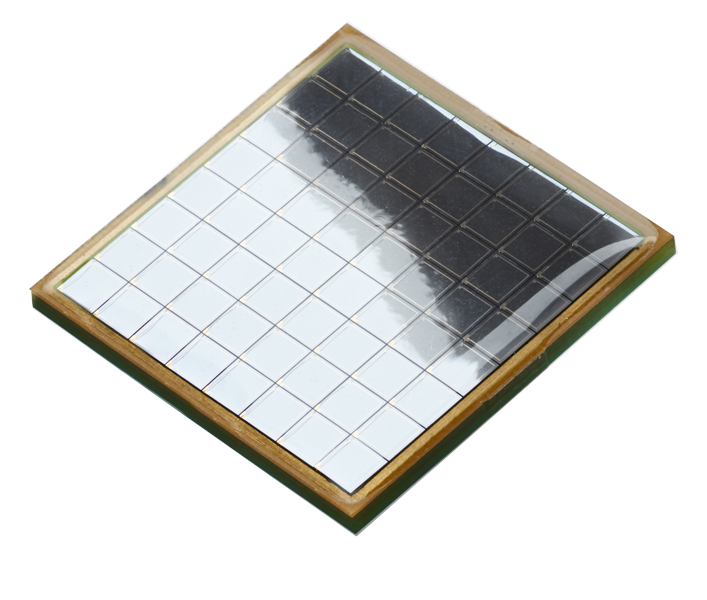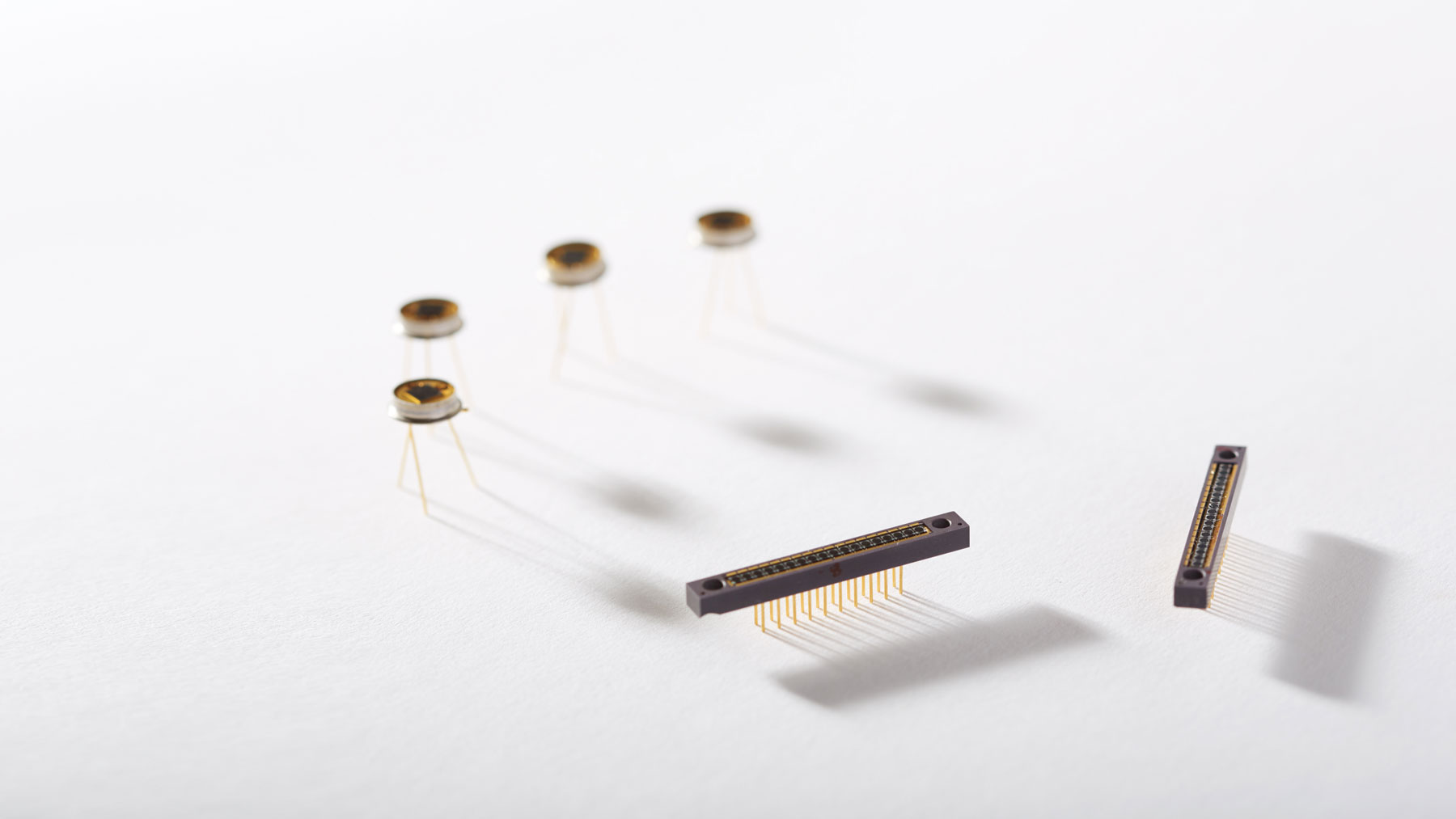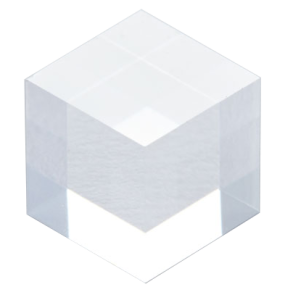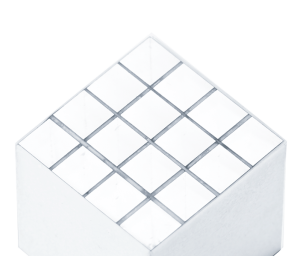
MAPD Photo-Detectors
Zecotek has developed a new compact and cost effective photo-detector for low light detection that will phase out the bulky and expensive PMT’s (photo multiplier tubes) presently used in imaging applications such as PET imaging machines, Gamma cameras and high-energy, nuclear physics experiments.
Dimensions
Value
Sensitive Area (mm^2)
Pixel Density (mm^-2)
Operating Voltage (V)
Gain
PDE (%)
Dark Current at (nA)
Dark Count (1 pe^-)(kHz/mm^2)
Rise Time (ns)
Fall Time (ns)
Duration [FWHM](ns)
3 x 3
10^4
70-80
10^5
40%
`20
<300
~5
<100
30
![]() High resolution PET scanners & PET-MRI
High resolution PET scanners & PET-MRI
 High-energy physics
High-energy physics

LIDAR & Environmental Monitoring
 Homeland security / Gamma Cameras
Homeland security / Gamma Cameras
 Compact Dosimeters / Flow Cytometry
Compact Dosimeters / Flow Cytometry
The MAPD Advantage
The new Micro-pixel Avalanche Photo Diodes (MAPD) detect very small signals and can be readily used for photon counting. They feature extremely high gain typical of PMTs (~10^5) with the advantage of low operating voltage (-70V compared to – 1000 V for PMT). The all solid-state design makes MAPD detectors compact and insensitive to high magnetic fields.
Zecotek’s detectors incorporate our break-through technology that dramatically improves linearity and allow very tight timing resolution by providing fast pulse rise time and low jitter. Together with our new scintillation material LFS, Zecotek’s photo-detectors provide a powerful platform for medical imaging applications relying on gamma-ray detection, such as PET scanning, offering significant benefits to the industry.
KEY FEATURES
Very high gain ( -10^5 to 10^6 )
High linearity
low operating voltage ( -50 to 100V )
Insensitive to magnetic field
All solid-state compact & extremely reliable design
High PDE ( 15-30% )
Fast pulse rise time (-2ns)
Low dark noise (<1Mhz / mm^2)


